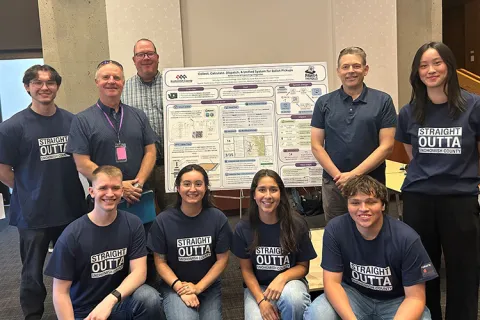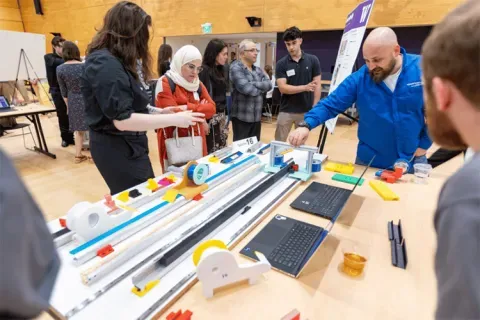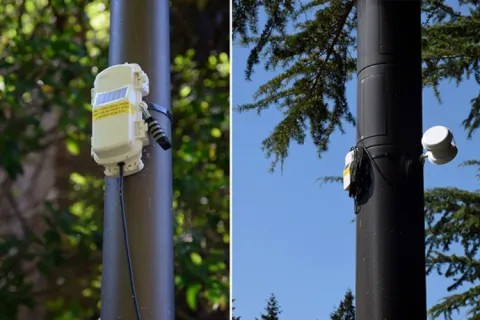Boeing
P-S Pneumatic Fittings with Connectivity Detection
Pitot-static pneumatic lines are a critical component to an aircraft’s avionics, connecting pitot probes and static ports to the sensing elements (transducers) that measure pressure. This pressure information is used for computing airspeed, altitude, and mach. Occasionally, these pneumatic lines must be disconnected for maintenance purposes. If maintenance personnel forget to re-connect the lines, the aircraft is at risk of taking off in an unsafe / non-dispatchable state. While checks and procedures exist to reduce the risk of this occurring, the potential for human error remains. Presently, air data systems do not have reliable means of self-detecting a disconnected line. Today’s standard probes and sensors used throughout the industry, are not “smart enough” to know the difference between a connected and disconnected line. Other aircraft systems that use pneumatic lines (hydraulics, oxygen lines) pressurize their lines; systems can recognize when a line is not holding pressure. Air data systems are not pressurized. When an aircraft is on the ground, prior to takeoff, the measured pitot-static values look the same whether the lines are properly connected or not. A disconnected pitot line results in a sluggish or non-responsive airspeed during takeoff roll – usually leading pilots to perform a Rejected Takeoff (RTO). A disconnected static line typically produces no obvious adverse effects until the aircraft is already airborne – too late to RTO. This student team will work to design, develop, and produce a prototype of a pitot-static system with means of self-detecting the connectivity of its pneumatic fittings. A diagram provided by Boeing that will be made available to the student team illustrates one possible implementation the student team could work to pursue, which is incorporating an electrical connectivity circuit into the pneumatic line – a circuit that can only be closed when all connections are made. This student team will also work to explore alternative implementation proposals. The outcome this student team will work to achieve is a proof-of-concept prototype of a pitot-static system with the capability of self-detecting disconnected pneumatic lines. This student team will work to create a potential safety enhancement for future aircraft and/or retrofit in existing fleets.
Faculty Adviser(s)
Kai-Mei Fu, Electrical & Computer Engineering
Related News

Mon, 10/13/2025 | UW Mechanical Engineering
Capstone collaboration leads to award
An ME capstone team received first place for its energy audit of the UW School of Social Work building.

Thu, 07/17/2025
UW engineering students develop smart ballot solution
UW engineering students develop smart technology solution to improve ballot collection for Snohomish County.

Mon, 07/07/2025 | UW Mechanical Engineering
Capstone creations
Students displayed innovative capstone design projects at the 2025 expo.

Fri, 09/20/2024 | UW Civil & Environmental Engineering
Smarter irrigation for a greener UW
A new project combines satellite data with ground sensors to conserve water and create a more sustainable campus environment.